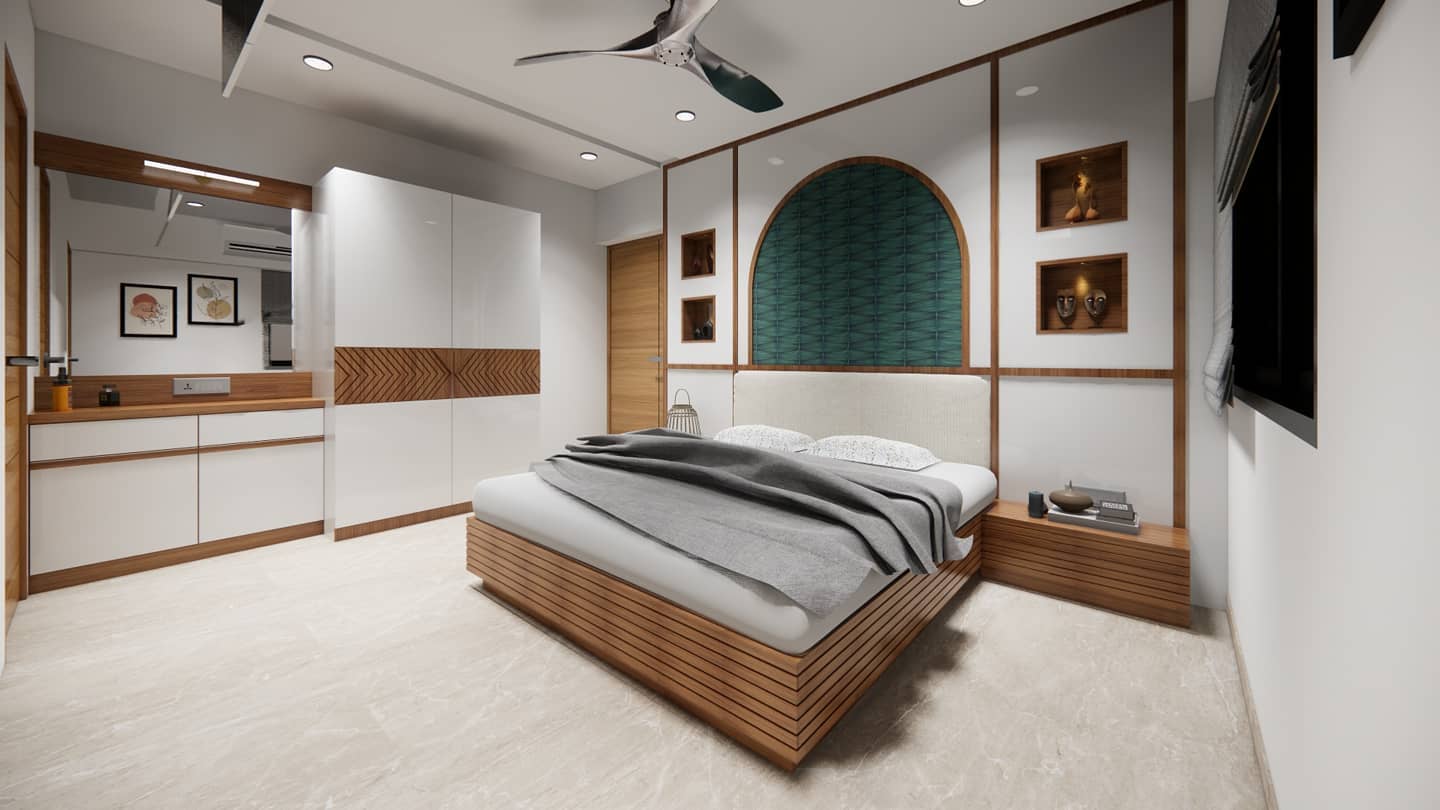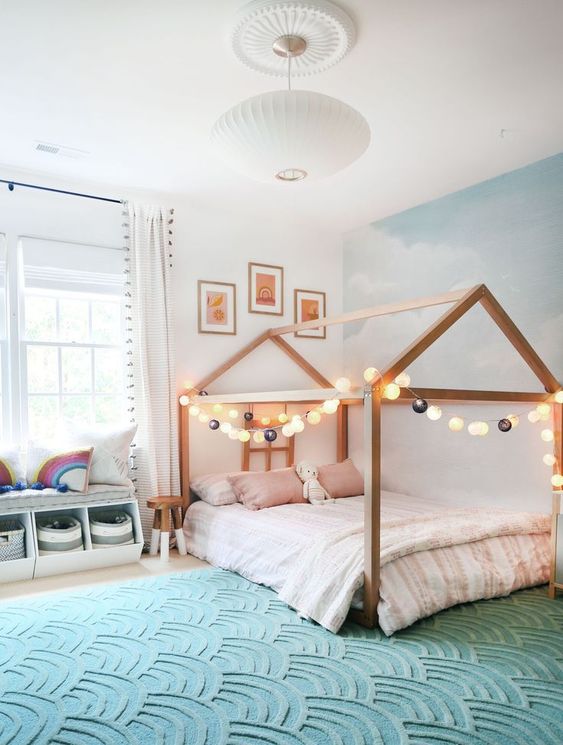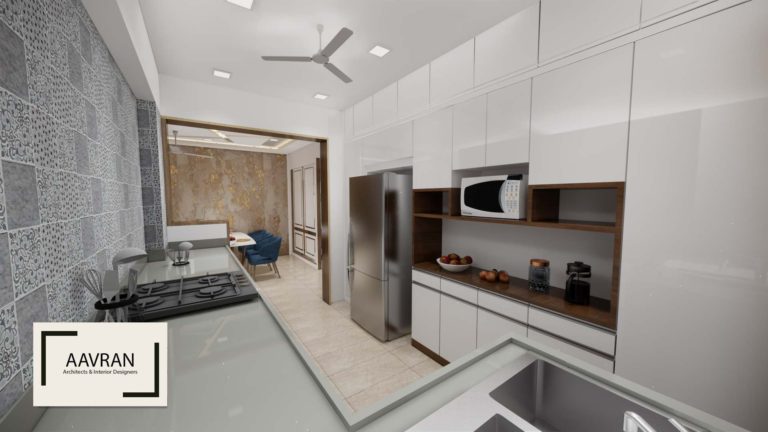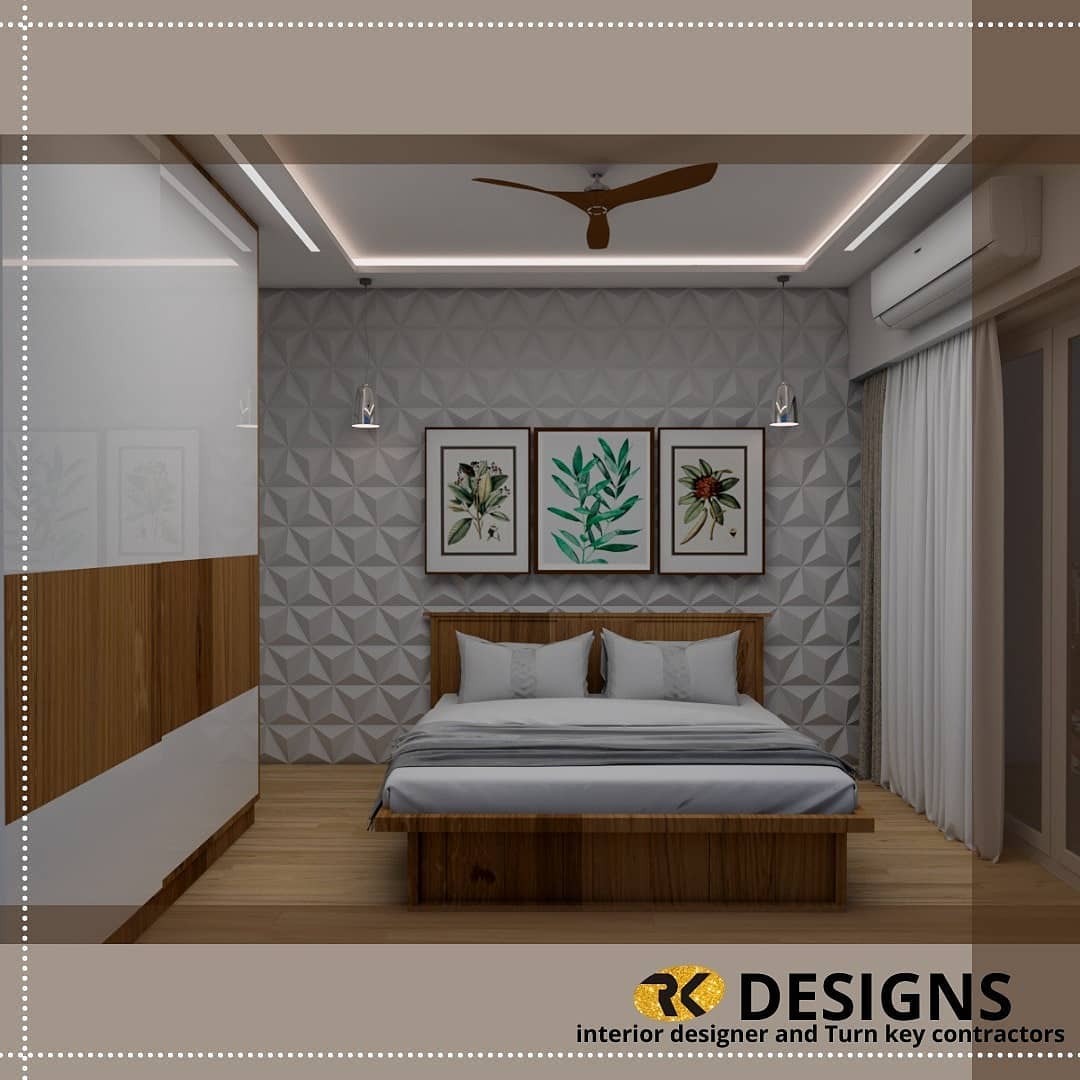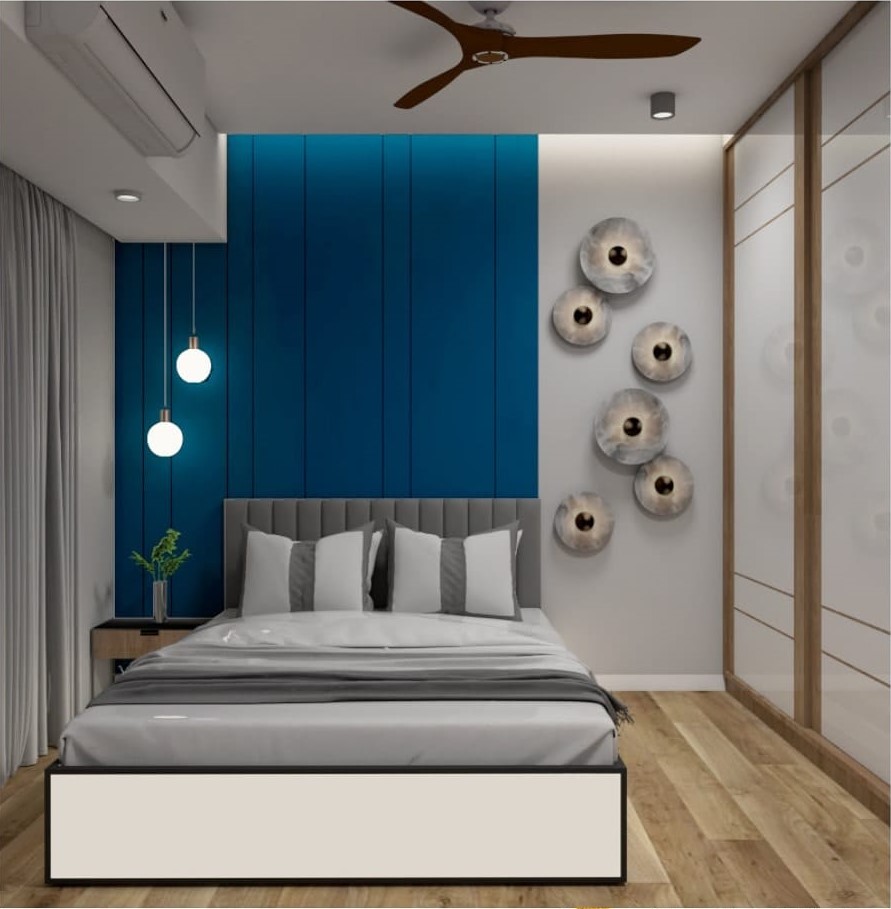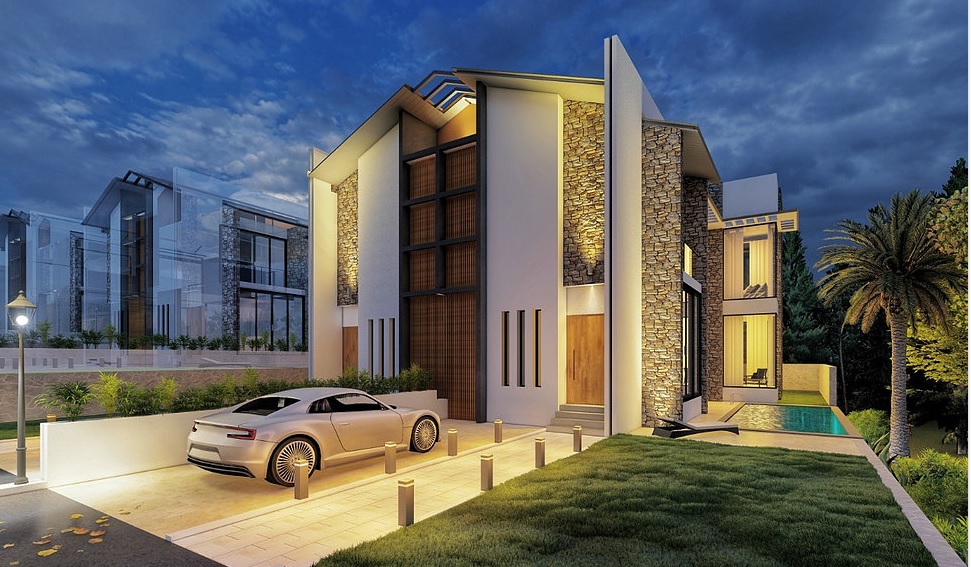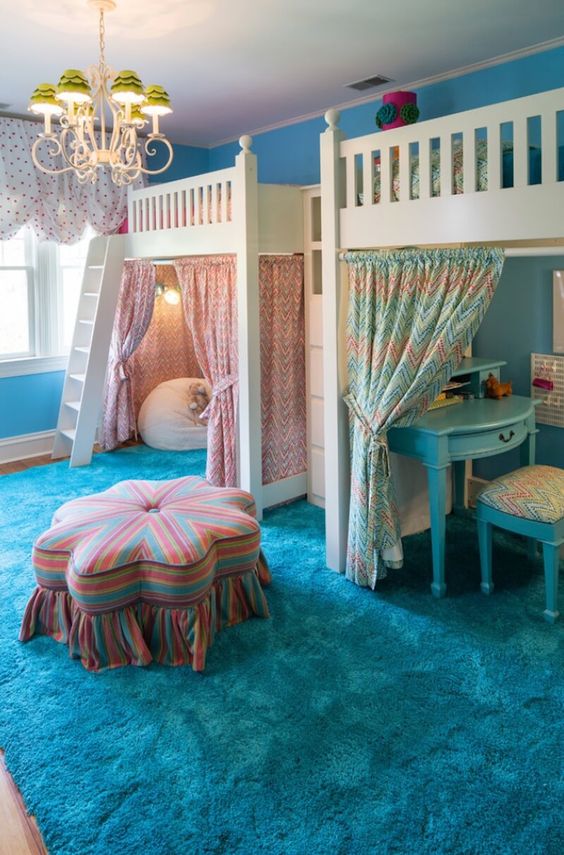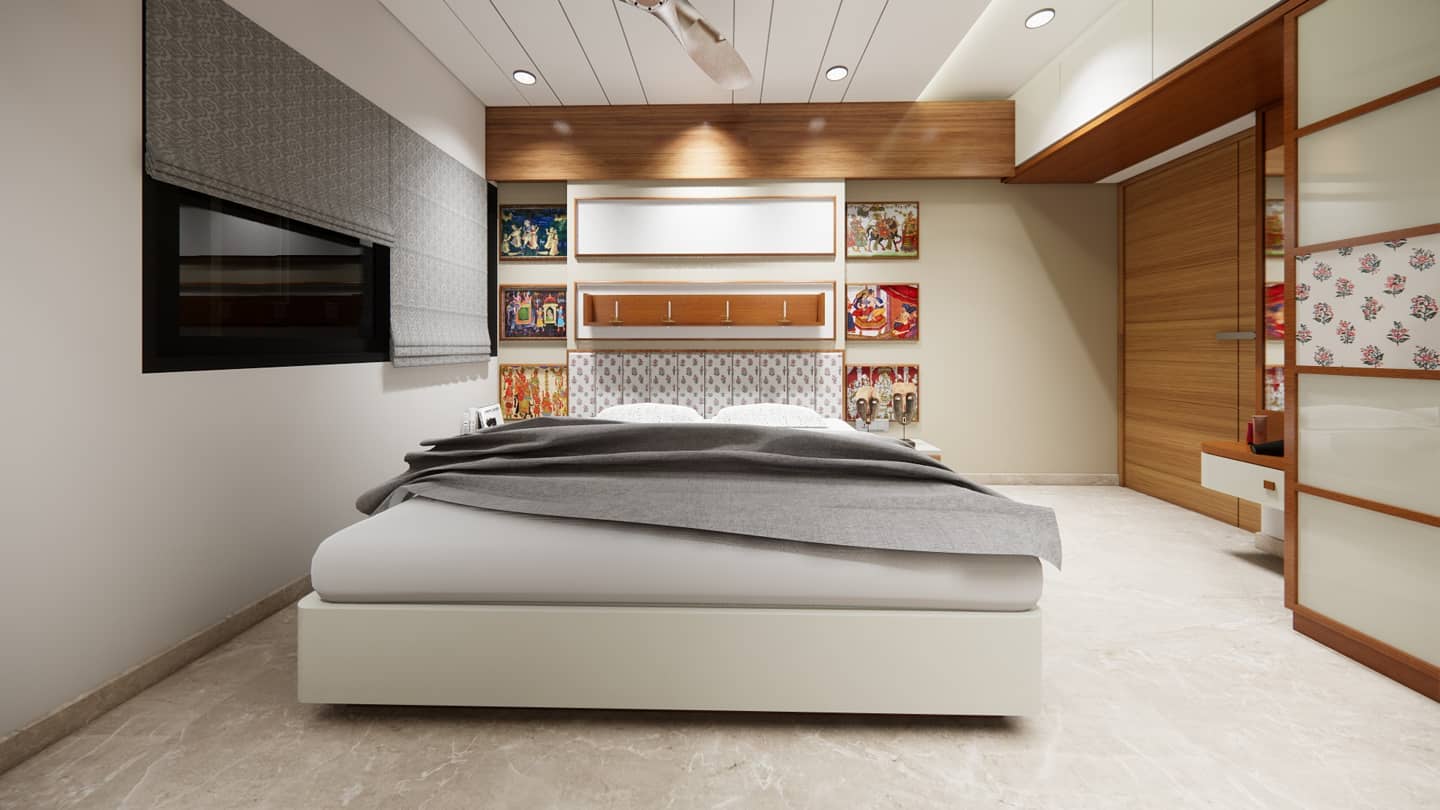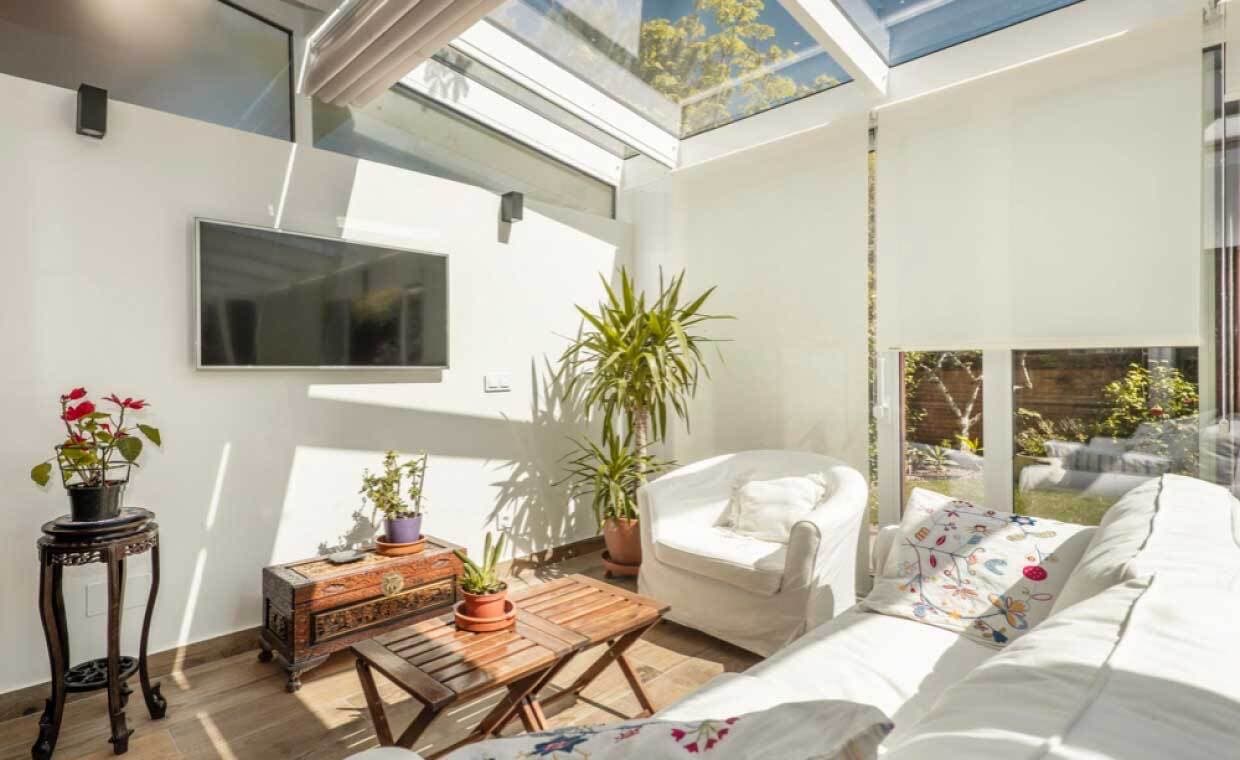
Table of Contents
We all know the importance of natural light at home. It’s not just about aesthetics, it’s about wellness and energy efficiency. Sunlight naturally brightens your interiors, lifts your mood and most importantly, helps reduce energy consumption by cutting down on the need for artificial lighting.
Natural light is one of nature’s most valuable resources, and understanding the benefits of natural light is even more important in today’s world where people are lured by the glitz and glamour of artificial lights.
All well-lit homes feel warm and inviting and support health, too, and that is precisely why those living in darker homes always wonder how to increase natural light. Exposure to sunlight prompts your brain to release serotonin, a hormone that boosts your mood and helps you feel calm and focused.
Natural Light and Mental Health

Courtesy - monumentalwd
According to a research study published in the Journal of Affective Disorders, time spent in outdoor light is associated with improved mood, sleep, and circadian rhythm-related outcomes. There is a strong relationship between natural light exposure and mental health.
Natural light doesn’t just brighten your interiors—it also delivers a wide range of health and wellness benefits:
- Supports eye health
- Improves your mood
- Helps you sleep better
- Boost your body’s Vitamin D storage
- Lead to higher productivity
Sunlight helps regulate circadian rhythms, enhancing mood and sleep patterns. This makes natural light in the home essential not just for appearance, but also for emotional and mental wellness.
Benefits of Natural Light in Our Lives

- Food: Light is the sole source of food generation for all living organisms on Earth.
- Vision: Thanks to light, the eyes can receive images of objects and send the information to your brain.
- Colours: The world looks beautiful due to colours, but in darkness, we see no colours. Light has many spectra, each with its colour, which are broadly referred to as VIBGYOR (Violet, Indigo, Blue, Yellow, Orange, Red).
- Maintenance of temperature: Light is a form of energy, and sunlight carries immense energy that helps maintain the Earth’s temperature. Therefore, life exists on Earth.
- Drying and evaporation: Sunlight aids in drying surfaces like soil and forests due to its heating ability (scavenging). It also helps water evaporate from oceans and ponds, playing a crucial role in the water cycle.
- Solar energy: Sunlight is the driving force behind natural lighting ideas, such as solar panels for clean energy.
Good lighting helps you perform tasks more easily, making you feel safer and more comfortable while allowing you to enjoy your space to its fullest potential. Good lighting also enhances your mood and the desirability of these spaces. Research indicates that increased daytime light exposure is associated with a reduced risk of psychiatric disorders, including major depressive disorder and PTSD.
If the room does not have sufficient natural lighting, you may feel cramped, and too much furniture, especially in a smaller space, may worsen this feeling.
According to the National Building Code (NBC), good lighting is necessary for all types of buildings, and any building should achieve these three satisfactory aims.
Aims of Good Lighting
- The first aim is to promote work and other activities carried out within the building.
- The second aim is to ensure the safety of the building’s occupants.
- The third aim is to create, in conjunction with the structure and decoration, a pleasing environment that contributes to the well-being, happiness and interest of the occupants.
If you want to flood your home with natural light, read about the effective benefits of natural light in a home or any other building.
Importance of Natural Light in Home

Natural light is often given little attention in most discussions of lighting design, although sunlight is typically the brightest natural source of light. There is no way that your home could feel welcoming if there is little or no natural light. With this, let us discuss how to best apply natural light to properly integrate it with your home lighting design.
Understand the Phases of Natural Light
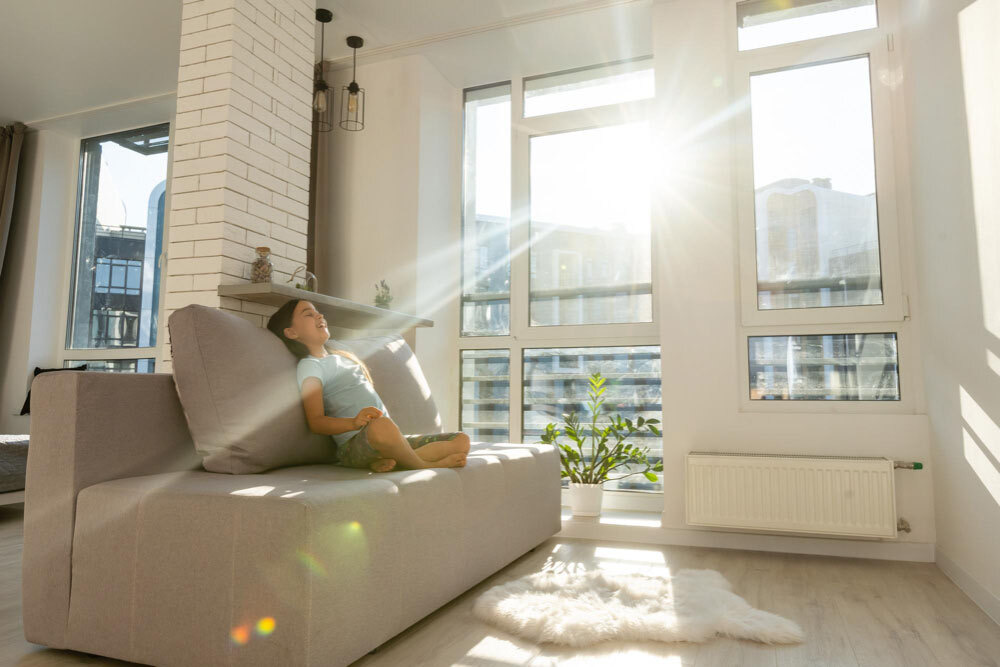
Direct Sunlight: Direct sunlight provides slightly yellowish light that highlights objects with beams of light. It can cause glare and potentially damage objects in your room through UV radiation.
Indirect Sunlight – Indirect sunlight is slightly bluish and forms only soft shadows. The light created by indirect sunlight is not very bright and therefore requires additional artificial light sources to provide sufficient illumination.
Ways To Maximise Natural Light in Your Home
1. Enlarge or Reglaze Your Existing Windows
Large or energy-efficient windows with high-performance glazing are essential for increasing natural light. Modern designs balance temperature control with light access. You can enlarge or reglaze your existing windows with high-performance glass to allow more light in! Thanks to innovative design techniques, modern windows are available in highly rated energy-efficient options, making it possible to maintain a comfortable temperature year-round!

2. Never Place Furniture in Front of Windows
Avoid placing furniture or any decorative elements in front of your windows. They will block the light entering your room and may also cause your furniture to fade.

3. Use Light Colours in The Room
Let me tell you, nothing is brighter than white, even if you hate white walls! You can also introduce lighter colours to your walls by opting for a softer shade of white or statement wallpaper. Shades of white will make your space feel brighter, as they reflect the natural light entering the room, rather than absorbing it.
Also Read: Revealed! 10 Best Paint Colours for Interior Walls
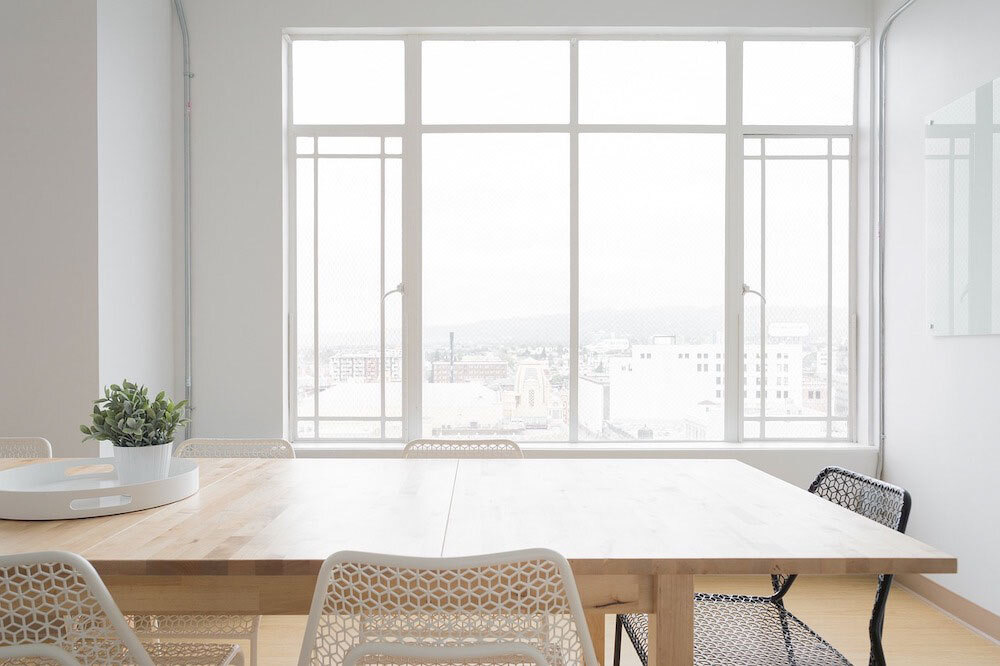
4. Add Mirrors in Front of Windows
Adding mirrors in front of windows will help to reflect natural light into different parts of the room. Mirrors are excellent for reflecting natural light in the home without changing its quality. In rooms that require more natural light, consider adding more reflective surfaces to your walls to increase the flow of natural light. Do not interrupt or block the natural source of light.

5. Adopt an Open-Plan Concept
An open plan promotes enhanced flow of natural light into any space. You can design your living, dining, and kitchen areas in an open-plan layout, with the exception of bedroom and bathrooms, where privacy is essential.

Note: Natural light will spill from room to room, illuminating as many spaces as your home allows. However, sometimes this can create a “dark cave” effect, an area too deep for the window to light effectively. The most straightforward way to avoid this is to install a skylight or a solar light tube in the section of the room that doesn’t receive natural light. However, these solutions are expensive or structurally unfeasible in some homes.
6. Add Skylights to Your Home
Skylights are an effective way to bring natural light into the home. These are windows installed in the roof, ideal for spaces like attic bedrooms or bathrooms when traditional windows aren’t possible.

Having a skylight on the roof provides significantly more light than a window on the side of the house. This is especially a good solution for north-facing rooms and can be integrated during the planning stage of your home design.
7. Replace Walls with Glass Blocks
This may not be the easiest fix, but it’s definitely an effective one! Simply replacing sections of your exterior wall with glass blocks can bring in a huge amount of natural light into the home.
Also Read: How Much Does a Glass Partition Wall Cost?

8. Go for Glossy Finishes
Choose glossy finishes in your kitchen and bathroom with shiny surfaces on cabinets, countertops, and tiles. These reflective surfaces bound natural light around the room, making the space appear brighter and more spacious.

With these natural lighting options in mind, you will be better equipped to make the most of sunlight in your home.
9. Energy Efficiency Through Natural Light

Incorporating natural light reduces dependence on artificial lighting, which lowers electricity bills. Using energy-efficient glass for windows and strategically placing skylights or light wells can maximise light intake while minimising heat loss or gain, enhancing your home’s sustainability.
Also Read: 9 Sustainable Home Design Ideas You Can Implement This Year
10. Role of Orientation in Maximising Natural Light

The orientation of your home plays a critical role in how much sunlight it receives. South-facing rooms in the Northern Hemisphere typically gets the most sunlight throughout the day. Planning window placement and room usage according to the sun’s path can greatly improve natural lighting in your home.
11. Natural Light and Architectural Design
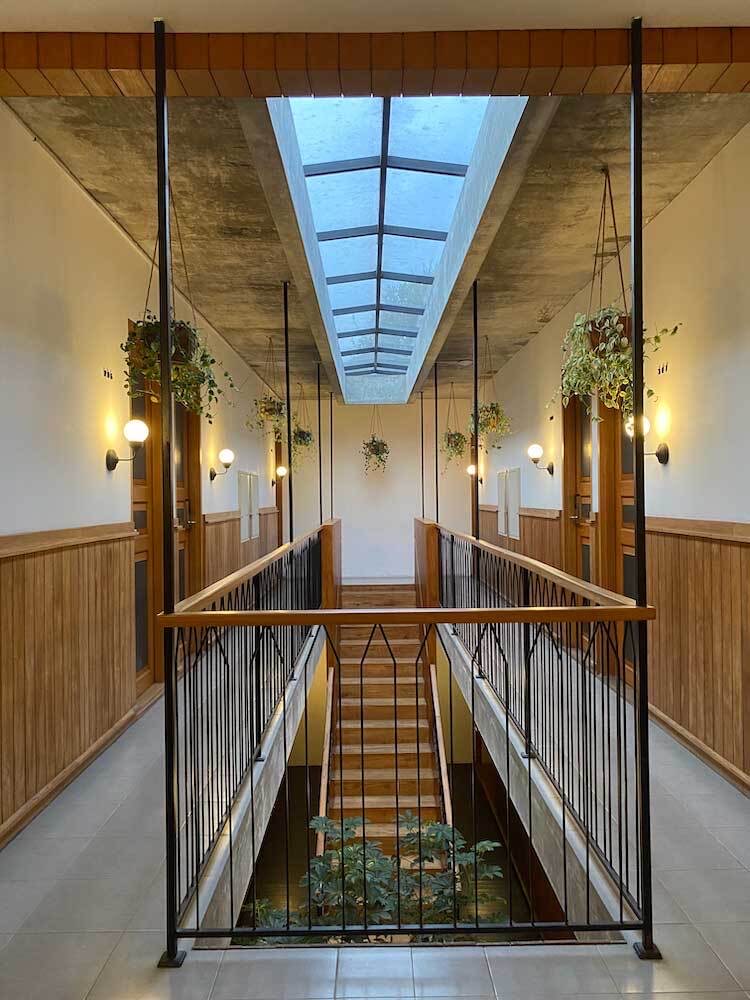
Architectural elements like clerestory windows, atriums, and light wells can be incorporated during the planning stages of home construction to optimise natural lighting. These features enhance both aesthetics and functionality, creating a vibrant and welcoming living space.
For more ideas on how to brighten your interiors using natural light effectively, watch this detailed video on maximizing natural light at home
Share your experiences!
Have you tried any of these techniques in your home? Let us know how they’ve improved your space!
FAQs Related to Natural Light in the Home
1. What Are Some Inexpensive Ways to Improve Natural Lighting in a Home?
Inexpensive solutions include using light-coloured paints, placing mirrors strategically, trimming outdoor foliage, and removing heavy curtains or blinds. Rearranging furniture to avoid blocking windows can also help.
2. How Does Natural Light Impact Productivity and Health in Office Spaces?
Natural light has been shown to increase alertness, reduce fatigue, and enhance mood in workplaces. Employees working in naturally lit environments often report higher job satisfaction and lower stress levels.
3. What Is the Difference Between Direct and Indirect Natural Light?
Direct sunlight creates strong shadows and can cause glare, while indirect sunlight provides softer, diffused illumination, which is better for activities like reading or working at a computer.
4. Can Natural Light Damage Furniture or Decor?
Yes, prolonged exposure to direct sunlight can cause fading or damage to fabrics, artwork, and wooden furniture. Using UV-filtering window films or placing items out of direct sunlight can help mitigate this issue.
5. Are There Alternatives to Natural Light for Rooms Without Windows?
For windowless spaces, light tubes, solar lamps, or full-spectrum artificial lighting can mimic natural daylight. Reflective surfaces and light-colored decor also help distribute artificial light more effectively.
Also read: Home Windows: All You would Like to Know!
References
Obradovich, N., Migliorini, R., Paulus, M.P. and Rahwan, I. (2021) ‘Nighttime light pollution is associated with altered sleep and mood in the general population’, Journal of Affective Disorders, 288, pp. 65–71. doi:10.1016/j.jad.2021.04.055. . Available from: https://www.sciencedirect.com/science/article/abs/pii/S0165032721008612?utm_source=chatgpt.co




